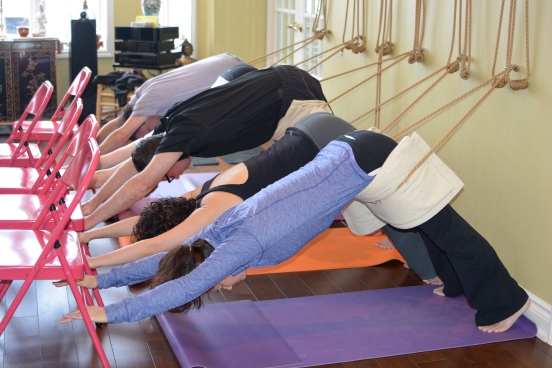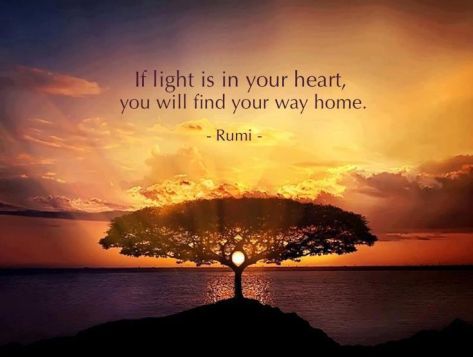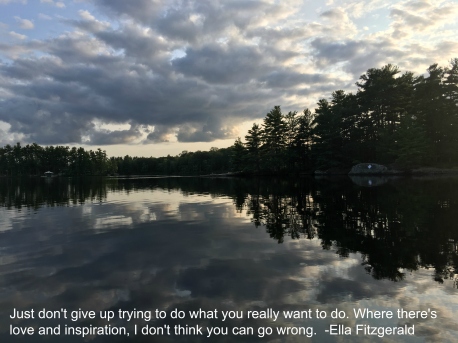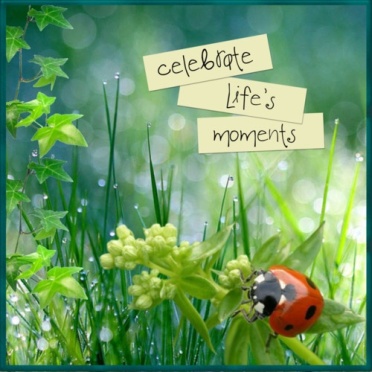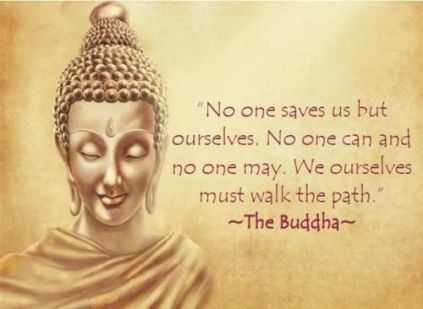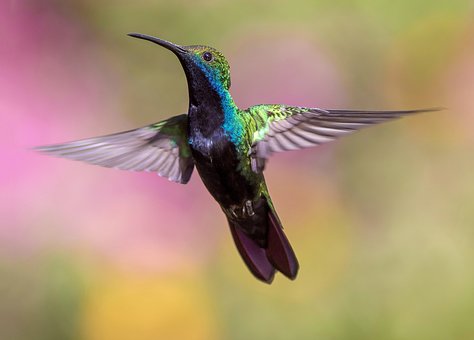
I recently had an experience that I found to be meaningfully connected and shared the story with my nephew. He enjoyed the story but, as a scientist, he challenged me on the significance that I ascribed to it because for him, the universe is reactive and intelligent. He suggested that the value that I was seeing and the meaningful communication in such an event was similar to the meaning one might find in their horoscope. I agreed with him to a point but shared my belief in the interconnections of all things and explained that this particular incident and its related symbolic meaning resonated with me. For denoting meaning can add a certain spiritual dimension to our existence and enable us to delve deeper into self-reflection and find greater meaning in our otherwise material world.
This meaningful experience took place on the cottage deck in the late afternoon while my mother and I were engaged in conversation. On our deck, we have a hummingbird feeder as well as a hanging plant that the birds seem to like. We have always enjoyed the presence of many hummingbirds and my mother has always appreciated their loveliness. This is her 61st summer at the cottage; I can only wonder at the multitude of beautiful memories she holds, including the images of these special birds frequently drinking the nectar of the plants and at the feeders. Spanning decades are many strong memories of my parents so often mixing the sweet red juice and filling up the bird feeders.
While chatting, we suddenly noticed a hummingbird on the ground. We hadn’t noticed an impact but assumed that the bird had flown into the window and was either stunned or was dying. It remained motionless. Deeply saddened, I felt an immediate need to support this hummingbird in its transition. I just couldn’t let it be alone in its stillness in case it was passing.
Bending down, I carefully picked up the hummingbird and rested it in the palm of my hand. In awe of its delicateness and perfection and acutely aware of how special it was to actually hold such a beautiful animal, I steadied myself. There was a profound solemnity and sadness in this moment for I believed that it was dying. Softly stroking its head and its fine and exquisite feathers, I spoke in a gentle voice, assuring it that it wasn’t alone. I was completely unselfconscious and gratified that perhaps in these moments I provided comfort to the hummingbird. I stole a quick glance at my mother; she was watching, listening intently, and smiling.
Then, I noticed the hummingbird’s tiny eyes begin to move. It lifted its head up and opened the two sides of its beak, breathing in the air. The bird then dropped its head. After some time, as I continued to speak in a gentle and soft manner, its eyes moved again as if looking for the source of the sound. I held it close against my chest so that it could feel my presence and heartbeat, and hear my words of comfort. Once again, it lifted its head, opened its beak and breathed in. Though a cliché, it really did feel as if time stood still. Then, I felt the bird create a slight movement in my palm, and it suddenly lifted off and flew up. As the bird alighted, I was so happy and cheerfully joked with my mother saying, “I am a Healer!” We laughed, and then sat together and shared our feelings about what we had just experienced and witnessed. My mother was deeply moved by what she had seen and heard. I am grateful that we had shared this unique occurrence.
Immediately following our visit from the hummingbird, my mother encouraged me to write about it. I wanted to learn about the symbolism of the hummingbird and my curiosity was piqued. As I researched, I discovered that the hummingbird is not an ordinary bird but one that has spiritual and symbolic meaning associated with it. It is a symbol of all the good things that exist and when it appears out of nowhere, it spreads happiness and joy into the lives of those who it passes. I was surprised that hummingbirds are considered spirit animals that are used as a mode of communication by the spirit world. It is believed that your loved ones who have passed away may choose a hummingbird to communicate with you to let you know that they are well, and that they are still with you through your life’s ups and downs. It is not a coincidence; they come into your space for a reason.
These were very meaningful moments. I reflected about the rarity of being able to hold a hummingbird in your hands, the smallest bird who rotates its wings at a remarkable 80 times per second in a figure 8, the eternity symbol. They are the only birds that can fly backwards. It is believed that the hummingbird helps us to claim our power as infinite spiritual beings of light; for this reason, it is relevant that I spoke of the light to the hummingbird without knowing this.
In Native American culture, hummingbirds are often portrayed as a healer, a light bringer, or as a spirit being who helps people in need. Also, because of how lightweight they are, and their ability to quickly and effortlessly change direction or speeds, the hummingbird reminds us of the power of adaptability. Are we willing to step back, observe, look at things from a new perspective, and then quickly shift into action as needed? Thus the hummingbird as a spirit animal represents flexibility – our ability to accept, adapt, and implement change – and to feel light heartedness and joy.
Once again, I am in awe of how the interconnections in the universe continually unfold and manifest themselves. Everything is connected. I am currently in the process of clarifying my passions and joys, and honing in on my wish to be purposeful in my life. After decades of teaching and providing therapy, I feel an even stronger desire to continue helping others on their healing path. My intention is to help those in need of healing through yoga therapy, and to increase my yoga therapy services. In addition to how the symbolism of the hummingbird resonates with me regarding my professional work, the hummingbird’s message of the power of adaptability is also incredibly timely on a personal level. A new health issue has arisen for me which necessitates the need for acceptance and to utilize the power of adaptability with these changes and challenges.
The experience that I shared with my mother was a very beautiful one. The splendor of the hummingbird, and the powerful experience that I had with it is something that my mother and I will always cherish. I am touched that this very meaningful gift – that literally fell from the sky – was granted to me. Perhaps the hummingbird truly is my spirit guide!

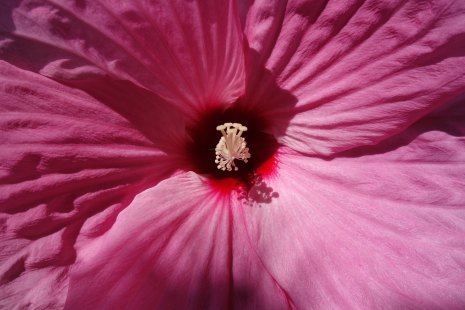
 Continuity and Change with Time at Yogabuds Studio in Toronto
Continuity and Change with Time at Yogabuds Studio in Toronto